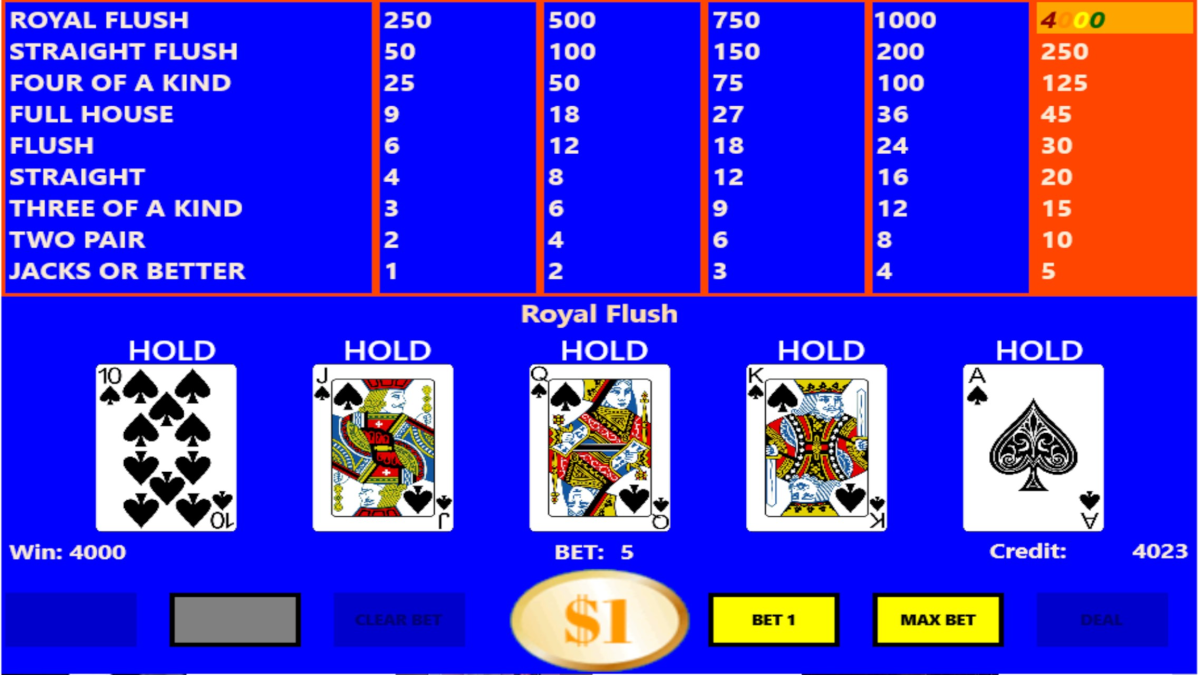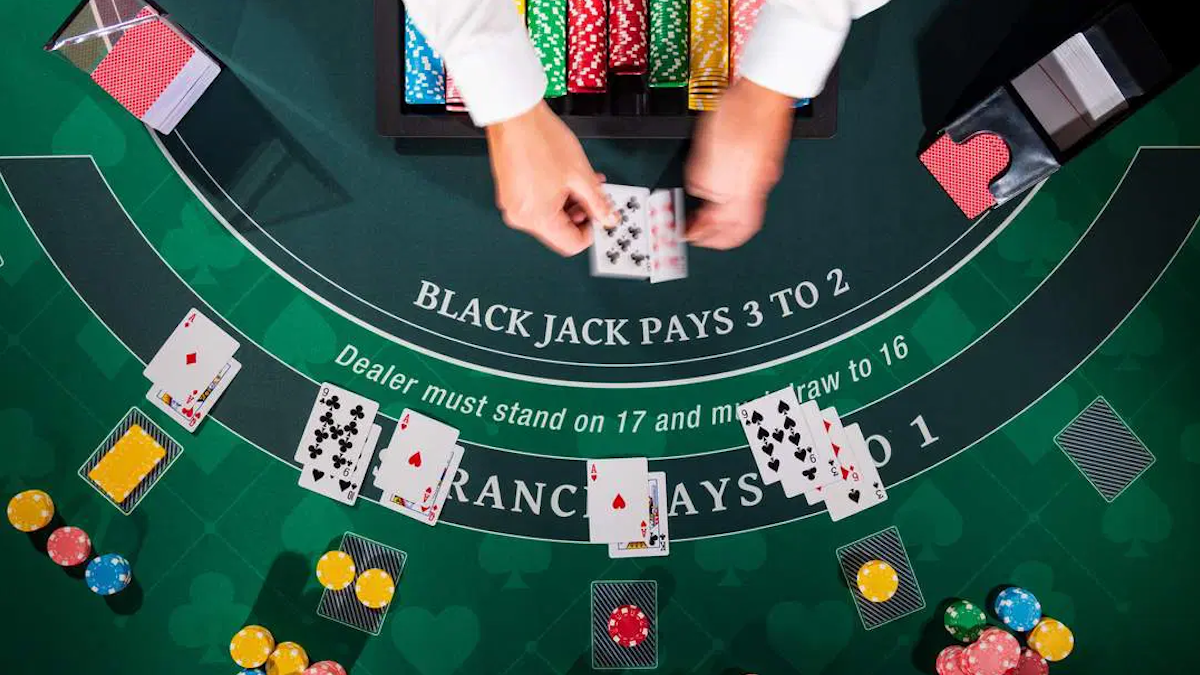Baccarat, often regarded as the aristocrat of casino games, appears deceptively simple on the surface. Yet beneath its elegant exterior lies a complex mathematical framework that governs every hand dealt. Understanding these mathematical principles is crucial for both players and operators, as they determine the game’s fairness, house advantage, and long-term profitability.
What Are the Basic Mathematical Rules of Baccarat?
The mathematical foundation of baccarat rests on a simple premise: two hands (Player and Banker) compete to achieve a total closest to nine. Cards are valued at face value (Aces = 1, 2-9 = face value, 10s and face cards = 0), with totals exceeding nine reduced by subtracting ten. For example, a hand totalling 15 becomes 5.
The drawing rules, whilst appearing arbitrary, are mathematically optimised to create the most balanced game possible. These rules aren’t subject to player choice—they’re predetermined mathematical formulae that ensure consistent house edges across all hands. The Player hand draws a third card when totalling 0-5 and stands on 6-7. The Banker’s drawing rules are more complex, depending on both the Banker’s total and the Player’s third card (if drawn).
These seemingly complicated rules were developed through extensive mathematical analysis to create optimal playing conditions. The third-card drawing rules ensure that the game maintains its characteristic low house edge whilst providing enough variation to keep outcomes unpredictable.
How Do House Edges Differ Between Baccarat Bets?
The mathematical beauty of baccarat lies in its varying house edges across different betting options. The Player bet carries a house edge of 1.24%, calculated by analysing all possible hand combinations. With 50.68% of hands resulting in Banker wins, 49.32% in Player wins, and 9.6% in ties (before considering the 5% commission), the Player bet offers relatively favourable odds.
The Banker bet, despite its 5% commission on wins, actually provides the lowest house edge at 1.06%. This occurs because the Banker hand wins slightly more often (50.68% vs 49.32%), and the mathematical advantage of these extra wins more than compensates for the commission charged. The 5% commission reduces the Banker bet’s payout from even money to 0.95:1, but the higher win frequency makes it mathematically superior.
The Tie bet presents a stark contrast with its house edge of 14.4%. Whilst offering attractive 8:1 or 9:1 payouts (depending on the casino), ties occur in only 9.6% of hands. The mathematical expectation is severely negative: on an 8:1 payout, players lose an average of £14.40 for every £100 wagered over time.
What Mathematical Variations Exist in Different Baccarat Games?
Punto Banco, the most common variant in UK casinos, represents the purest mathematical form of baccarat. With standardised drawing rules and no player decisions beyond betting, it offers the house edges mentioned above. The game uses six or eight decks, with mathematical models showing that deck composition has minimal impact on house edges—a key factor in maintaining game integrity.
Chemin de Fer introduces player choice into the mathematical equation. Players can choose whether to draw a third card, potentially altering the mathematical probabilities. However, optimal strategy (drawing on 0-4, standing on 6-7, and using discretion on 5) maintains similar house edges to Punto Banco. The mathematical complexity increases significantly as players must consider not just their own optimal play, but their opponents’ likely strategies.
Baccarat Banque further complicates the mathematics by allowing the Banker position to remain with one player across multiple hands. This creates additional mathematical considerations around bankroll management and risk assessment, as the Banker player assumes both the mathematical advantage and the financial risk of the position.
How Do Side Bets Affect the Mathematical Landscape?
Modern baccarat variants include numerous side bets that dramatically alter the game’s mathematical profile. The Dragon Bonus side bet, wagering on winning margin, carries house edges ranging from 2.65% to 10.42% depending on the specific payout structure. These bets mathematically favour the house far more than the main game.
Perfect Pairs side bets, wagering on identical cards in the first two cards dealt, typically carry house edges around 10.36%. The mathematics become complex as the probability calculations must account for specific card combinations across multiple decks. Whilst offering higher payouts (typically 25:1 for perfect pairs), the mathematical expectation remains heavily negative for players.
The Lucky Six side bet exemplifies how side bets can push house edges to extreme levels. With payouts of 20:1 or 40:1 (depending on suit matching), but occurrence rates well below these odds suggest, house edges can exceed 25%. These mathematical disadvantages explain why experienced players typically avoid side bets entirely.
What Role Does Card Counting Play in Baccarat Mathematics?
Unlike blackjack, baccarat’s mathematical structure makes card counting largely ineffective. The predetermined drawing rules eliminate the strategic decisions that make card counting profitable in other games. Mathematical analysis shows that even perfect knowledge of remaining cards provides minimal advantage due to the game’s rigid structure.
Edge sorting, a more sophisticated technique involving identifying minute differences in card backs, can theoretically provide mathematical advantages. However, this requires specific physical conditions and dealer cooperation, making it impractical in most casino environments. The mathematics suggest potential advantages of 6-7% when conditions are perfect, but such situations are extraordinarily rare.
The Big Eye Road and other pattern-tracking systems popular amongst baccarat players have no mathematical basis for predicting future outcomes. Each hand remains mathematically independent, with previous results having no influence on future probabilities. These systems may provide psychological comfort but offer no mathematical advantage.
How Do Commission Structures Impact the Mathematics?
The traditional 5% commission on Banker wins significantly impacts the game’s mathematics. Some casinos offer No Commission Baccarat, where Banker wins on a total of 6 pay only 0.5:1 instead of the standard commission structure. Mathematical analysis shows this actually increases the house edge slightly to 1.46%, making it less favourable than traditional baccarat despite the apparent elimination of commissions.
Super 6 baccarat, another no-commission variant, pushes Banker bets on 6 totals, creating a house edge of 1.46% on Banker bets. The mathematics favour the casino more than traditional baccarat, despite the marketing appeal of “no commission” play.
Some establishments offer reduced commission rates (4% or even 2.75%) on certain tables or for high-limit players. The mathematics improve proportionally: a 4% commission reduces the Banker bet house edge to approximately 0.6%, whilst a 2.75% commission brings it down to roughly 0.15%—making it one of the most player-friendly bets in the casino.
What Mathematical Principles Govern Progressive Baccarat?
Progressive baccarat variants add mathematical complexity through their accumulating jackpot structures. The base game mathematics remain unchanged, but the progressive element creates additional considerations. Mathematical models must account for the progressive contribution (typically 1-2% of each bet), the trigger probability, and the expected jackpot size at the time of play.
The mathematics of progressive baccarat become particularly complex when considering optimal betting strategies. Players must weigh the negative expectation of the base progressive bet against the potential positive expectation when jackpots reach certain threshold levels. These calculations require sophisticated mathematical modelling and vary based on the specific progressive structure employed.
Multi-level progressive systems further complicate the mathematics, with separate progressives for different winning combinations. The mathematical analysis must consider the interaction between various progressive levels and their respective trigger probabilities to determine overall expected values.
How Does Mathematical Analysis Ensure Game Integrity?
Casino operators employ sophisticated mathematical monitoring systems to ensure baccarat games operate within expected parameters. Statistical analysis of thousands of hands can quickly identify anomalies that suggest equipment problems, dealer errors, or potential fraud. The mathematics of normal distribution help identify when results fall outside acceptable variance ranges.
Chi-square testing of card distributions, win frequencies, and other game metrics provides mathematical verification that games are operating fairly. These statistical tools can detect deviations that would be impossible to spot through casual observation, ensuring the mathematical integrity that both players and regulators expect.
Real-time mathematical monitoring systems track house hold percentages, ensuring they remain within expected ranges based on the theoretical house edges. When mathematical analysis reveals significant deviations from expected results, immediate investigations can identify and correct problems before they impact game integrity.
Understanding these mathematical principles empowers players to make informed decisions about their baccarat play whilst ensuring that operators maintain the statistical rigour necessary for fair, regulated gaming. The mathematics of baccarat may be complex, but they form the foundation of one of the casino’s most elegant and enduring games.


